Best
Alto Sax for
Beginners
-
Overall: With a redesigned neck receiver that promotes a quick response and ease of play
-
Best Feature: Has a high F# key, an important feature for intermediate and advanced players
-
TedScore™: 9/10
Best
Student Soprano
Sax
-
Overall: Has a durable construction, with a yellow brass body and a clear lacquer finish
-
Best Feature: With a detachable curved neck, which makes it easier to transport and store
-
TedScore™: 9/10
Best
Beginner Tenor Saxophone
MONEY
-
Overall: Has a yellow brass body for producing a versatile tone
-
Best Feature: With a hand-engraved bell and bow, which adds to its aesthetic appeal
-
TedScore™: 8.5/10
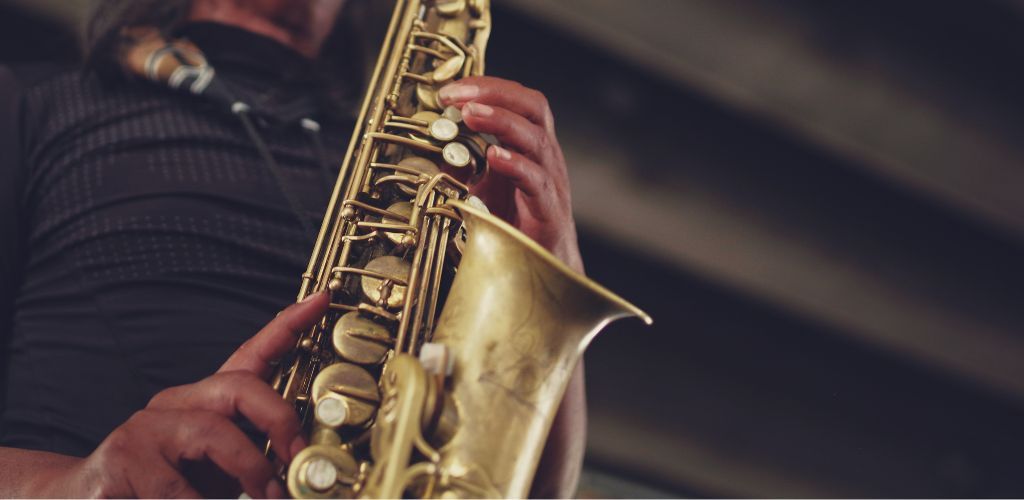
The saxophone creates an enchanting mix of tones. It can be as smooth and sultry as chocolate melting on a warm day or as punchy and bright as a fresh lemon. This magical instrument captivates with its variety, drawing in music lovers like bees to honey. Discovering its harmonious spectrum opens a world of musical wonder you won’t want to miss.
But before you can start playing your favourite tunes, you need to learn the basics, including how to read music and finger the notes on your saxophone.
That’s where the saxophone fingering chart comes in. This handy tool shows which keys to press to produce each note on your saxophone.
The Basics of
Saxophone Fingering
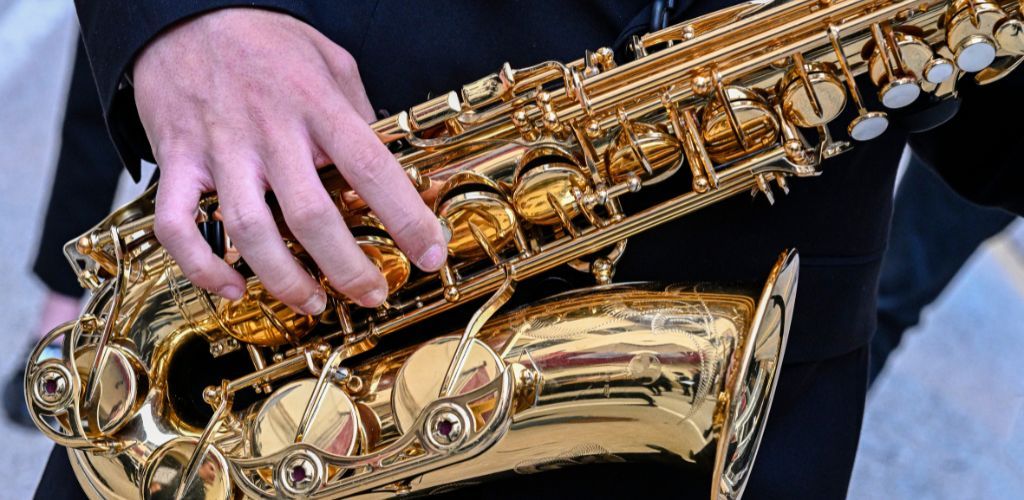
First, you need to know how to use your middle and ring fingers to play different notes. This is called saxophone fingering.
When it comes to saxophone fingering, each finger has a specific role to play. Your index finger controls the top key, the middle finger controls the middle key, the ring finger controls the bottom key, and pinky finger controls the side key.
Using the correct finger for each key is important to produce the right note.
The thumb resting on the back of the saxophone is also an important part of saxophone fingering. It supports your thumb and helps you maintain good posture while playing.
Make sure to let your left-hand thumb rest and relax while playing.
Learning the saxophone fingering chart can be overwhelming at first, but it will become second nature with practice. Start by learning the basic fingerings for each note and then move on to the more advanced fingerings.
Alternating fingerings can also help you produce different notes and improve your playing. For example, using the side key with your pinky finger can produce a higher octave of the same note.
The Saxophone Family
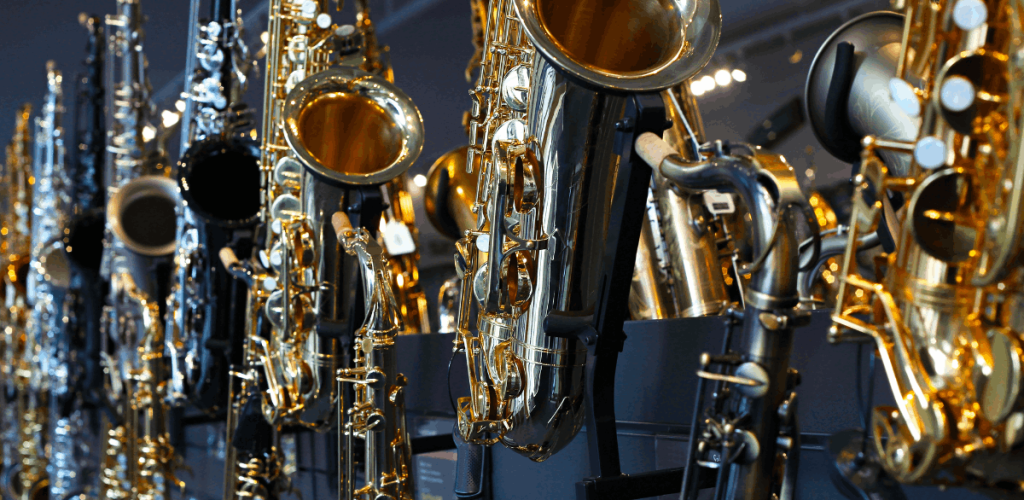
Now, let’s talk about the different saxophone fingerings. Saxophones come in different types, including soprano, alto, tenor, and baritone.
The strange thing is, once you know the fingerings for one sax, you know them all! They are all (99%) the same.
So here is our fingering chart:

Soprano Saxophone
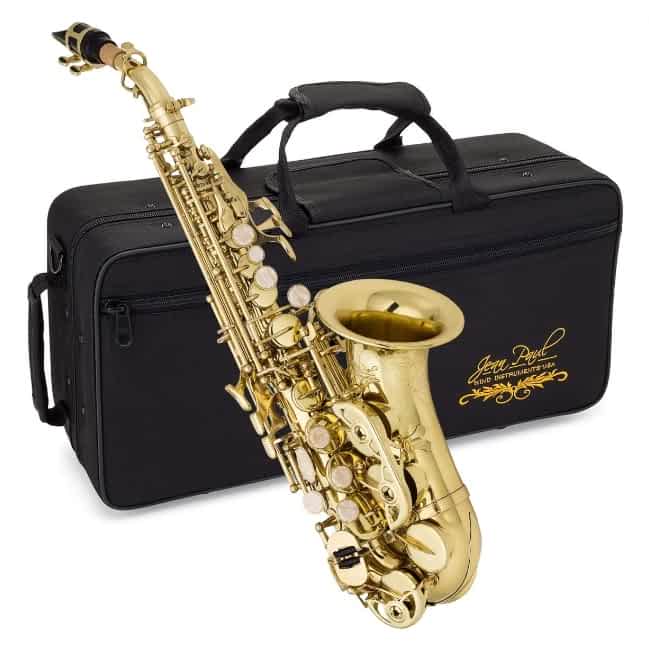
The soprano sax is known for its bright and piercing sound, which makes it perfect for jazz and classical music.
It’s also the most difficult sax to play, so if you’re just starting out, you may want to try one of its bigger siblings first.
Alto Saxophone
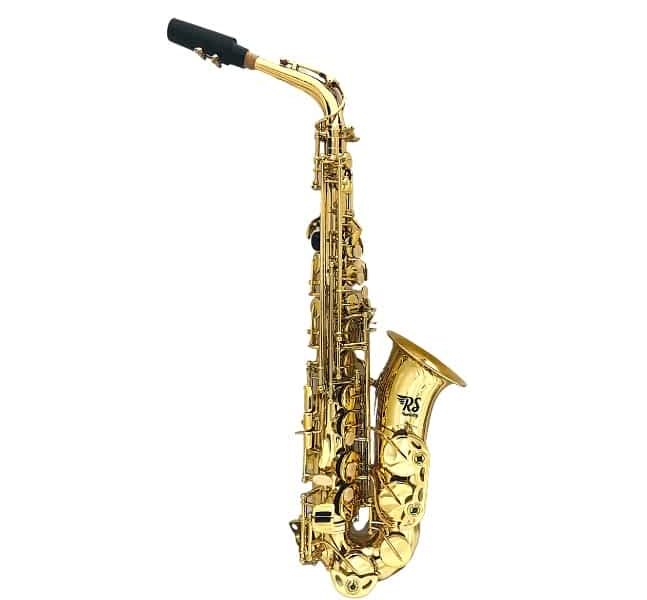
Speaking of bigger siblings, the alto sax is next in line. It has a slightly lower pitch than the soprano, but still has that classic sax sound.
It’s a versatile instrument that can be used in a variety of genres, from jazz to rock to pop.
Tenor Saxophone
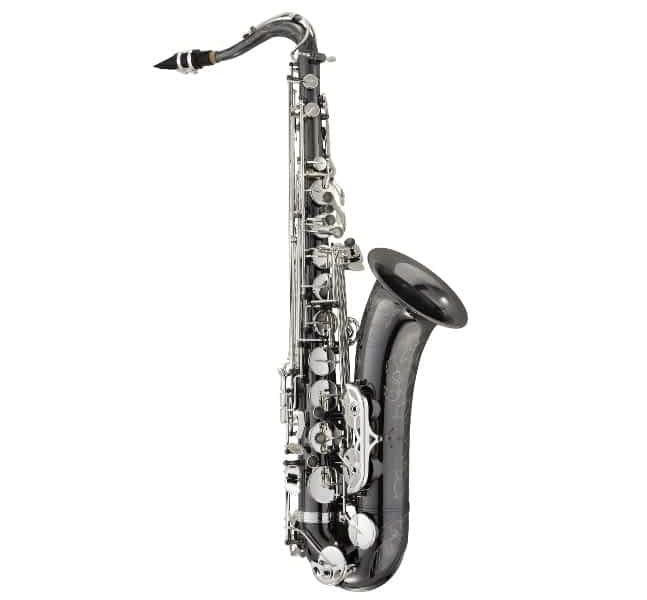
The tenor sax is probably the most well-known member of the saxophone family. It’s the one you hear in most pop and rock songs and a staple in jazz music.
Its deep and rich sound is instantly recognizable and can add a lot of emotion to a piece of music.
Baritone Saxophone
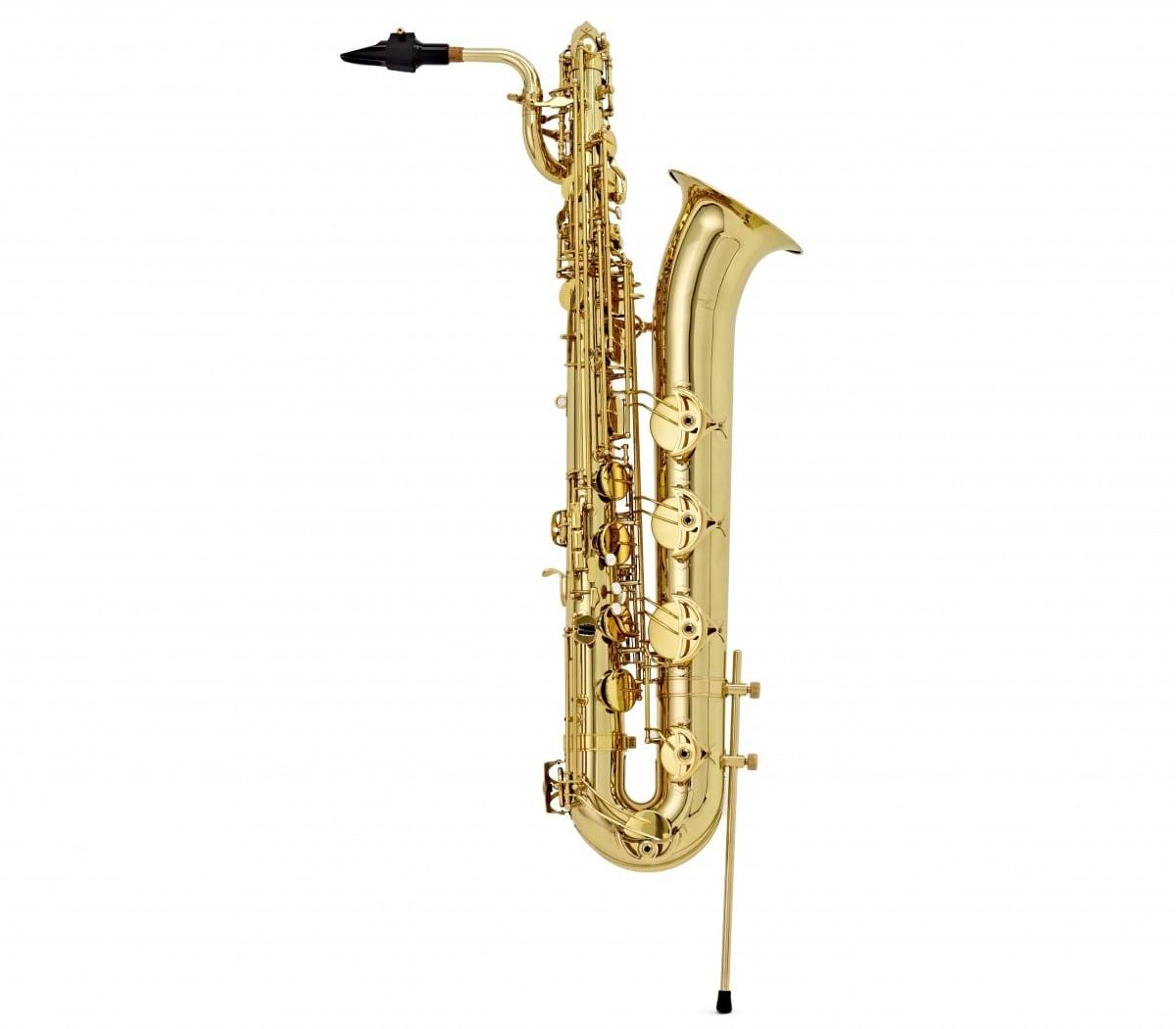
Last but not least, we have the baritone sax. This beast of an instrument is the largest in the family, and it produces a deep and powerful sound that can shake the walls.
It’s often used in jazz and funk music and can add a lot of depth and complexity to a piece of music.
Alternate and Alternative Fingerings
Alternate fingerings are different fingerings that can be used to play the same note. These fingerings can be used to make certain passages easier to play, improve intonation, or change the note’s tone colour.
Alternatively, alternative fingerings are fingerings that can be used to play a different note than the one indicated on the basic fingering chart.
These fingerings can be used to play notes not on the saxophone’s standard range or to play notes that are difficult to play with the standard fingerings.
Let's take a look at some of the most common alternative and alternate fingering charts for the saxophone:
The alternate fingering for top F is probably the most common on the saxophone. This alternate fingering is played without the octave key and can be used to make certain passages easier to play.
The alternate fingering for top E is played with the octave key and can be used to make certain passages easier to play.
The alternative fingering for high G is played using the side key and can be used to play a note that is not on the standard range of the saxophone.
The alternative fingering for low Bb is played using the bis key and can be used to play a note not on the saxophone’s standard range.
The alternative fingering for low B is played using the bis key and can be used to play a note not on the saxophone’s standard range.
These are just a few examples of alternate and alternative fingerings that can be used on the saxophone.
Experimenting with different fingerings can help you find the perfect sound for your playing style.
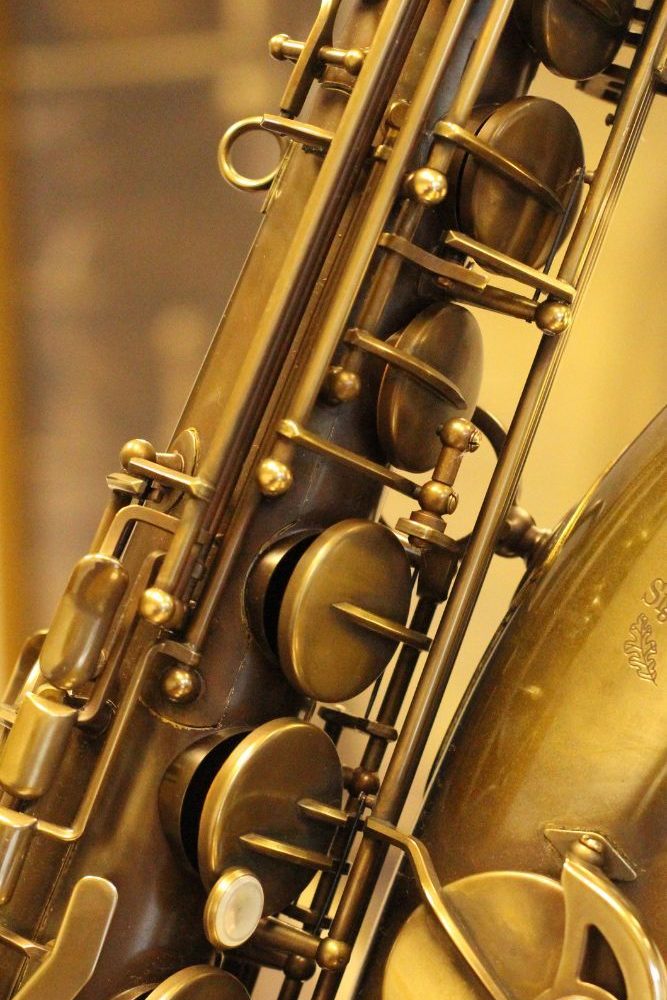
And if you’re a video type of person, this is a really excellent video explaining your sax fingerings.

Getting to Know the Keys
Before you can start playing any notes, you need to get to know the keys. Here’s a quick guide to help you out.
The E Key
The F Key
The D Side Key
The Palm Keys
Recommended Student Saxophones
Yamaha YAS280 Student Alto Saxophone

PERFECT FOR: Student saxophone players
FEATURES: With a redesigned neck receiver that promotes a quick response and ease of play
OTHER INFO: Has a high F# key, an important feature for intermediate and advanced players
Yamaha YAS280 Student Alto Saxophone
- Produces a rich and warm sound that's well-balanced across all registers
- The keys are well-placed and easy to reach, making it comfortable for beginners to play
- Relatively expensive compared to other student saxophones
When you click ‘Check Price’, you’ll see there are loads of great places to buy this item. Our personal favorite is Sweetwater for the US, and Thomann and Gear4Music for the UK & Europe.
They are the largest music retailers, with excellent customer service, competitive prices, really fast shipping, and the longest guarantees.
The professional musician who wrote this article combined many things,
from the product build, manufacturer’s reputation through to feedback
from other users, to create our famous TedScore™.
Elkhart 100SS Student Soprano Saxophone
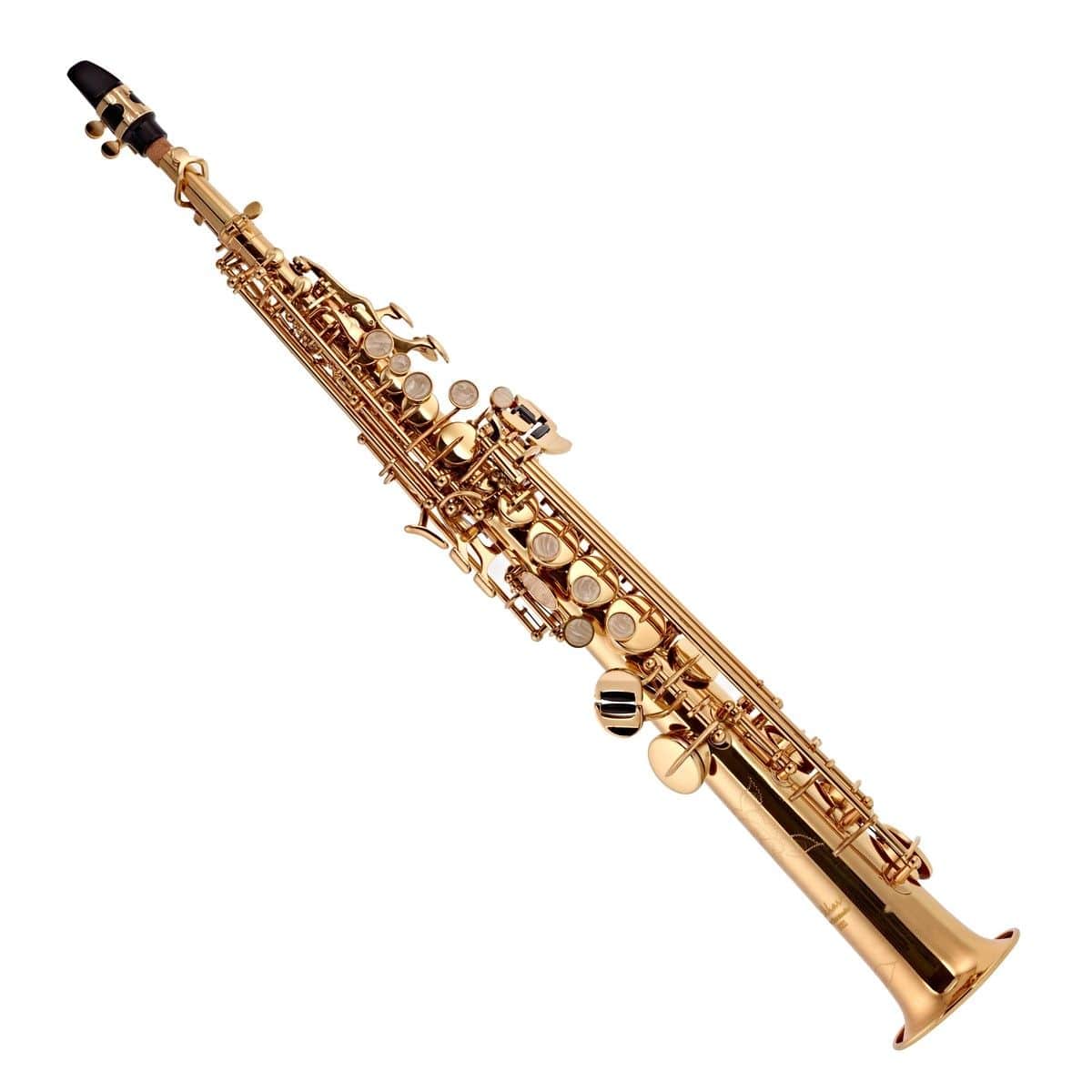
FEATURES: Has a durable construction, with a yellow brass body and a clear lacquer finish
OTHER INFO: With a detachable curved neck, which makes it easier to transport and store
- Built with stainless steel springs that provide a smooth and reliable action
- Produces a bright and clear sound well-suited for classical and jazz music
- Lightweight and comfortable for young students to play
- Does not come with a mouthpiece or a case
When you click ‘Check Price’, you’ll see there are loads of great places to buy this item. Our personal favorite is Sweetwater for the US, and Thomann and Gear4Music for the UK & Europe.
They are the largest music retailers, with excellent customer service, competitive prices, really fast shipping, and the longest guarantees.
The professional musician who wrote this article combined many things,
from the product build, manufacturer’s reputation through to feedback
from other users, to create our famous TedScore™.
Trevor James 'The Horn'

PERFECT FOR: beginners and students
FEATURES: Has a yellow brass body for producing a versatile tone
OTHER INFO: With a hand-engraved bell and bow, which adds to its aesthetic appeal
Trevor James 'The Horn'
- Instrument with a robust and reliable construction
- Has a responsive and easy-to-play mechanism
- Comes with a high-quality mouthpiece and a hard-shell case
- With high-quality pads and resonators that provide a smooth and reliable action
- The saxophone's finish may not be as good as on more expensive tenor saxophones
When you click ‘Check Price’, you’ll see there are loads of great places to buy this item. Our personal favorite is Sweetwater for the US, and Thomann and Gear4Music for the UK & Europe.
They are the largest music retailers, with excellent customer service, competitive prices, really fast shipping, and the longest guarantees.
The professional musician who wrote this article combined many things,
from the product build, manufacturer’s reputation through to feedback
from other users, to create our famous TedScore™.
Saxophone Fingering Chart:
Key Takeaways
The saxophone fingering chart is an essential tool for any saxophonist, whether a beginner or an advanced player.
It provides a visual reference for the fingerings required to produce specific notes on the instrument, helping players to learn new fingerings and improve their technique.
Using a fingering chart, saxophonists can quickly and easily locate the fingerings for any note, making it easier to play complex pieces of music.
So, whether you’re just starting out or a seasoned pro, keep a saxophone fingering chart handy and take your playing to the next level!
Before you go…
Unlock the full potential of your saxophone with the best mouthpiece for your playing style!
In this next article, we’ll guide you through the Best Saxophone Mouthpiece on the market, providing you with all the information you need to choose the perfect one for your needs!
FAQ's
Determining the hardest instrument to play is difficult, as it varies from person to person. However, the saxophone can be challenging to play due to its complex fingering and the need for proper breath control to produce a consistent tone.
No, alto, tenor, soprano, and baritone saxophones do not have the same fingering. While they’re all similar in basic fingerings, each saxophone has unique fingerings and techniques specific to that particular instrument.
A fingering chart is essential for woodwind players as it visually represents the fingerings required to produce specific notes on the instrument. It’s a valuable reference tool for beginners and advanced players, helping them learn new fingerings and improve their technique.











I must commend you, Elaine , for the comprehensive detail you’ve put into this article, especially the segment detailing the saxophone family. It’s crucial for beginners to understand not just the technical but also the cultural nuances between the soprano, alto, tenor, and baritone saxophones, each carrying its unique voice and role in music. It deeply resonates with what I’ve learned and experienced over the years. Kudos for spreading the knowledge.
Having played the clarinet for several years, I’ve been contemplating the transition to the saxophone. This article provides a comprehensive overview of the saxophone family, which is quite helpful. However, I’m curious about the extent of the learning curve I should anticipate in terms of fingering techniques and overall playability between the two instruments. Any insights from saxophonists about their experience in this regard would be greatly appreciated.
Hey! Made that switch a few years ago. The fingering is somewhat similar but more forgiving on the sax. The embouchure change was the trickiest part for me, but overall, it’s a fun journey!
Imagine picking up the bari sax and not feeling like you’re lugging around a small human lol. That thing’s huge!
Hey Elaine Booth, just started my saxophone journey and stumbled across your article. I’m a bit confused about the alternate fingerings part. Is it like shortcuts for certain notes or does it affect the tone too? Thanks for shedding some light on this!
Hey SaxoPhil, but yes, alternate fingerings can help with faster passages or trills, and they can slightly change the tone in some cases!